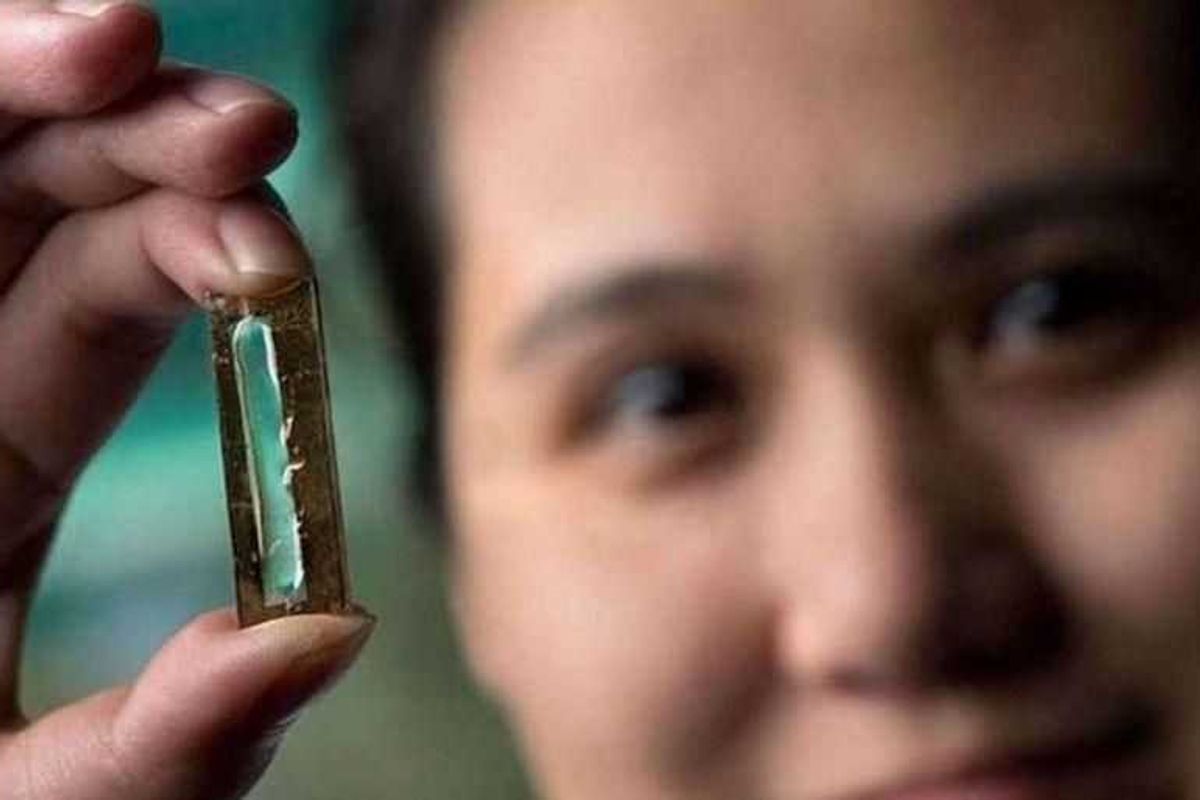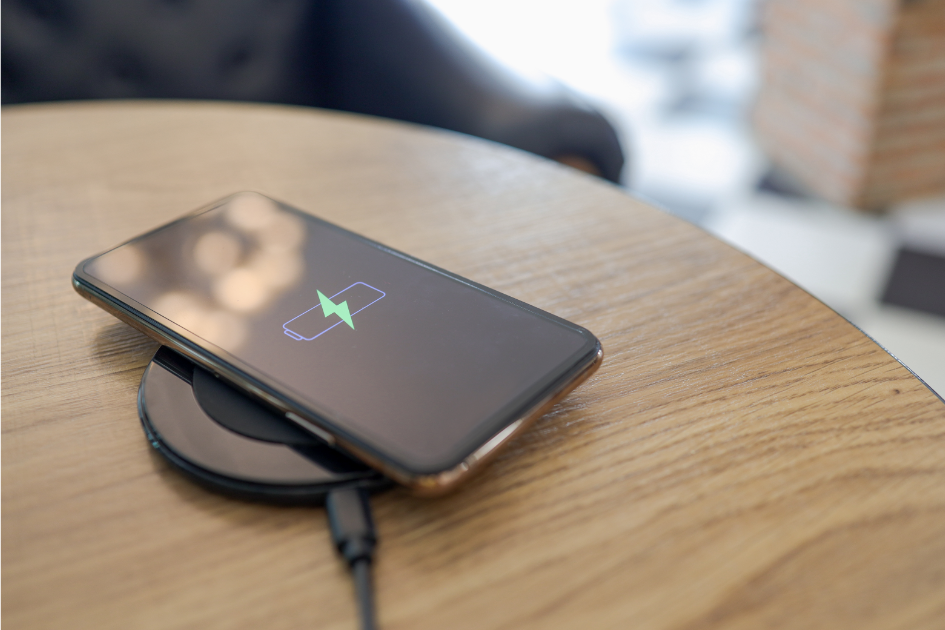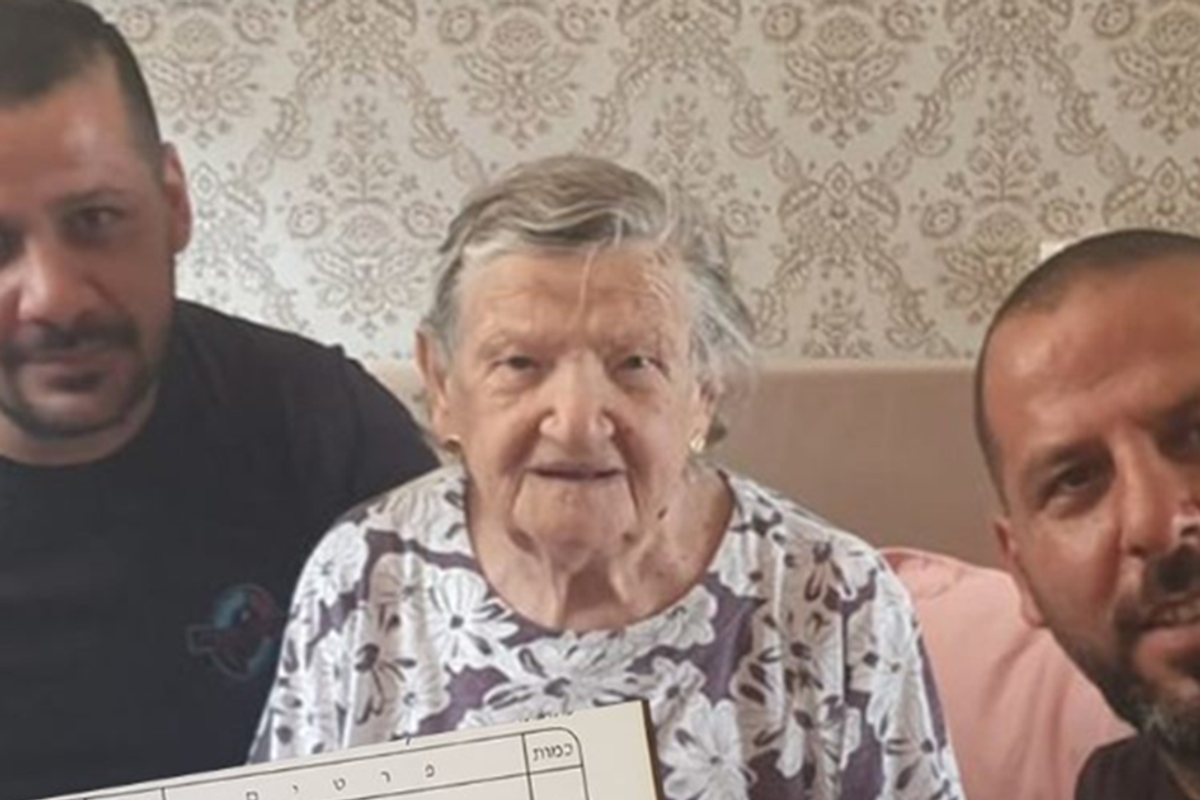The next time you go grocery shopping, throw about 40% of your food in the trash on your way out.
If that sounds a little ridiculous, you're right — it is. But it also puts the issue of food waste into perspective. In the U.S., that's how much of our food goes uneaten and most of it is sent straight to the landfill.
When you're tossing those wilted veggies into the trash at the end of the week, you may as well be throwing dollar bills in there as well. And that's just the tip of the iceberg lettuce (sorry, I had to). Not only does food waste affect your bottom line — it has an enormous environmental impact, too.
And now that summer is here, it’s easy to see where waste can happen. The warmer months are filled with plenty of fresh, seasonal fruits and vegetables — watermelon, arugula, peaches, zucchini — and there's no shortage of potlucks or lazy evenings on the patio to enjoy your spoils. Though, for many of us, it literally spoils.

But the good news is that a weekend barbecue is the perfect opportunity to get a little eco-friendlier and start cutting back on all that food waste.
Here are 23 reasons you should get started today.
1. You're probably wasting a lot more food than you think.
It might not seem like you're wasting all that much, but it adds up. Think about that time you bought too many tomatoes and didn't have time to eat them all before they started to wrinkle. Or that time you stacked your plate up a little too high at the neighborhood get-together then tossed your paper plate of food in the trash when you were full. Or what about that time you didn't like how bruised that apple looked. If you took all that food over the course of a year and threw it on a scale, it'd weigh in at about 300 pounds.
2. Interestingly enough, though, we didn't always waste so much.
Food waste has increased pretty drastically in the last few decades. Since 1974, food waste has increased 50% in the U.S.
Many experts think cheaper food and higher cosmetic standards are the culprits. We're able to get more food, so we buy a lot more than we probably need and value it a little less. We're also way pickier about what it looks like (#Foodie), and while aesthetics are great for Instagram, be sure you’re using “imperfect” produce, too.

3. With waste on the rise, it's not too surprising that the U.S. actually leads the world in food waste.
A whopping 40% of food in the U.S. is wasted from farm to fork. This is the highest of any country — well — ever.
4. And consumers are actually the largest source of that food waste.
In our homes, we waste more than grocery stores, restaurants, and any other part of the supply chain. In fact, we account for nearly half of all food that ends up wasted. Yikes. Not to mention, if you added up the food we waste at restaurants or ignored at the store because it looked “a little funny,” the amount of waste we’re responsible for only increases from there.
Photo by Scott Warman/Unsplash.
5. Of all the food we throw out, animal products are the main foods we waste.
Around a third of the animal products Americans are buying go straight to the landfill. Broken down, 11.5% of food wasted is meat, poultry, and fish; 19% is dairy products like cheese and milk; and 2% is eggs.
6. All this waste isn't great news for landfills.
In fact, according to the Natural Resources Defense Council, food accounts for 21% of what you'll find in a landfill. If you compare that with the other stuff that goes into landfills, food waste is the top contributor.
7. Food waste creates a pollution problem, too.
The amount of climate change pollution that wasted food generates per year is equivalent to 37 million cars. Yes, million. That‘s a hefty price for the planet to pay.
8. Rotting food also accounts for 25% of methane emissions, which is even more harmful than CO2.
I hate to be the bearer of bad news, but it warms the planet 86 times as much as CO2.
9. And when you pitch your food, you're also wasting freshwater.
In fact, 25% of all freshwater use in the U.S. produces food that goes uneaten.
The amount of water wasted can be hard to picture — but it’s staggering. Wasted food uses more fresh water than Texas, California, and Ohio combined.

10. All that meat we're throwing away is one of the biggest culprits of all that wasted water.
Meat requires the most water usage of any food to produce. For a single pound of beef to make its way to your table, it's the equivalent of running your shower for over six hours (or, put another way, 12,000 gallons of water).
Maybe at that next barbecue, you might consider black bean burgers or grilled veggies instead — both of which require significantly less water to produce — or at least be mindful of how many burgers you throw on the grill.
11. Don't forget the fertilizer that helps your food grow.
18% of fertilizer winds up down the drain when food is wasted, which adds up to be about 3.9 billion pounds of nutrients.
12. Food scraps could be a better fertilizer anyway.
Composting food scraps is a safer alternative that fertilizes our soil while still being safe for human and planetary health, which is a missed opportunity to say the least.
13. There's an economic price to pay for all that food we're not eating as well.
That cost is about $218 billion. Put another way, a four-person family loses something like $1,800 a year on wasted food.

14. In fact, cutting back on food waste could save the average person about $375 a year.
You might actually be able to pay off some of that student loan, make a donation to a cause you care about, or you could just buy yourself something nice.
15. The good news is that public opinions around food waste are shifting.
A 2016 public opinion poll by Ad Council revealed that 74% of respondents felt the issue of food waste was important to them.

16. It's about time — because the impact of food waste is only increasing.
According to the Natural Resources Defense Council, the global population in 2050 is expected to demand 1.5 to 2 times more food than we needed in 2005. If waste levels remain the same, this will only intensify the environmental impact.
17. But if we could reduce the amount of food we're wasting, that impact won't be so drastic.
To meet the growing demands of our rising population, wasting less food could help reduce the need to grow more. By making better use of what we already have, we can lessen the effects of overpopulation.
18. And as it turns out, reducing waste isn't complicated. In fact, what you're throwing away doesn't even belong in the trash.
If you take a closer look at what you're throwing away, you'll start to notice that much of what constitutes going "bad" is cosmetic or easily fixed. While you might think wilted or softened veggies and bruised fruits aren’t any good, it doesn't actually mean they've gone bad. Learning the difference between “sell by” and “use by” dates can also be helpful in reducing that waste. And when in doubt, composting is always a better option.

19. It also helps to know how to properly store your food.
Many reasons we throw away food could be eliminated entirely by storing food properly. Avocados and pears, for example, will last a lot longer if you put them in the refrigerator after they're ripe, and — fun fact — carrots keep a lot longer if they're submerged in water (who knew?). And if Alexa is a part of your household, there’s a skill that can answer your food storage questions.
20. A little creativity with cooking goes a long way.
Wilted veggies? Throw them in a stir-fry. Mushy leftover fruit salad? Sounds like an awesome smoothie. If you aren't sure where to start, there are online recipe resources that make this a snap, and apps like Handpick can help you come up with the perfect recipe with whatever ingredients you have laying around.
21. Your freezer is a mighty weapon against food waste, too.
Making smarter use of our freezers can be another way to reduce food waste, yet most people underutilize them. Freezing leftovers in meal-size portions can be the perfect lunch for a rainy day.

22. When cooking bigger meals, plan ahead and do the math.
If you aren't sure exactly how much food to make, no problem! When throwing that summer potluck or pool party, tools like The Guest-imator can help you calculate exactly how much food to prepare to ensure none of it ends up wasted.
23. And remember, nobody's perfect.
Reducing food waste isn't about absolute perfection. That moldy piece of bread you threw away yesterday doesn't mean you've failed the planet — because, ew, no one should eat that, seriously (though while you’re at it, consider composting it instead!).
Taking it a step at a time is more than enough — because it's those small steps, when we all take them together, that make the greatest difference.



 TikTok · Ale
TikTok · Ale
 Autumn created this piece when she was just 5 years old.Autumn de Forest
Autumn created this piece when she was just 5 years old.Autumn de Forest  Autumn de Forest paints Autumn de Forest
Autumn de Forest paints Autumn de Forest  An Autumn de Forest paintingAutumn de Forest
An Autumn de Forest paintingAutumn de Forest 
 Autumn de Forest stands with the Pope who looks at one of her paintings Autumn de Forest
Autumn de Forest stands with the Pope who looks at one of her paintings Autumn de Forest 


 Phone charging.
Phone charging. bill nye chemistry GIF by NETFLIX
bill nye chemistry GIF by NETFLIX 
 The Memorial to the Murdered Jews of EuropeBy Alexander Blum - Own work, CC BY-SA 4.0
The Memorial to the Murdered Jews of EuropeBy Alexander Blum - Own work, CC BY-SA 4.0 Move over, Mario Brothers.
Move over, Mario Brothers. 